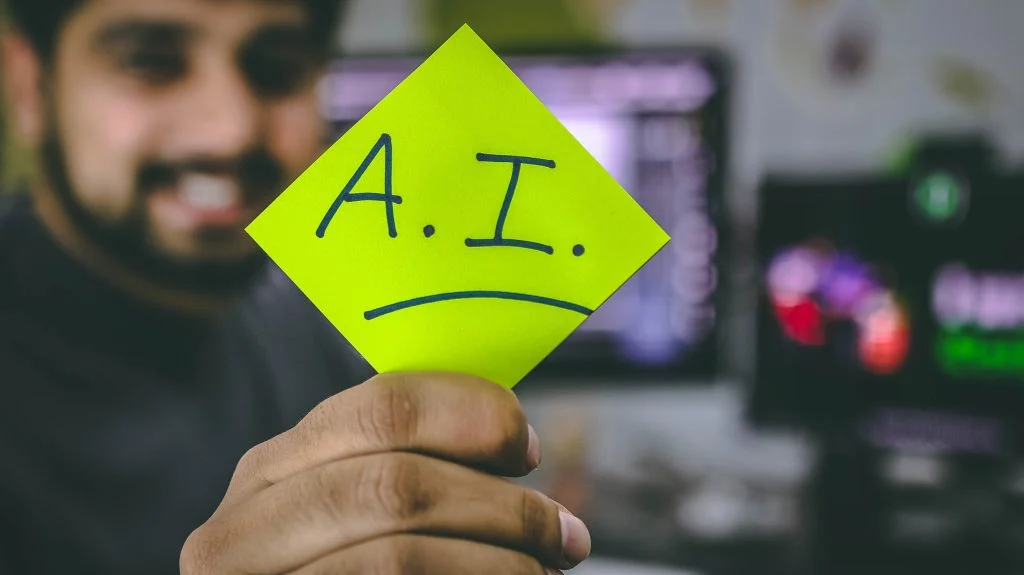Posting images online carries the risk of manipulation due to AI-driven technologies that can create deepfakes, alter photos, spread misinformation, and facilitate identity theft. To protect against this, a lot of people usually consider watermarking, sharing lower-resolution images, being cautious about the information shared, and using reliable sources. Raising awareness about image manipulation can also help combat the spread of deceptive content. However, with AI advancing rapidly, even this might not be enough in the long run. This is where the minds at MIT CSAIL come in. They have taken up the responsbility, showcasing their very own “PhotoGuard” technique. Unlike conventional watermarking, it tweaks certain pixels in an image, and it manages to confuse AI algorithms while remaining completely invisible to the human eye. Think of it like a puzzle that leaves Artificial Intelligence scratching its virtual head, clueless about what’s happening.
The more teamwork there is between corporations and developers, the better PhotoGuard can work
The “encoder” attack tricks AI models into seeing the image as something else entirely, while the more advanced “diffusion” attack disguises the image as a different target, making any generative AI edits pretty much a waste of time.

Of course, no solution is foolproof (for now), and PhotoGuard has its limitations as well. For instance, someone who is really desperate might try to reverse engineer the protected images by adding digital noise or using other tricks. That’s where teamwork comes in! The more model developers, social media platforms, and policymakers work collaboratively, the more it can strengthen PhotoGuard’s defenses against sneaky attempts.
As AI technology charges forward, it’s essential for AI developers to invest in robust defenses to safeguard digital art. Only then can we maintain a world where AI and human creativity thrive together. The future of artistic expression is bright, and with the guardians of PhotoGuard on watch, we can rest assured that the virtual canvas remains a safe space for creative minds.
RELATED:
- X.AI Corp is Elon Musk’s New Artificial Intelligence Company
- boAt Airdopes 161 Pro TWS earbuds go on sale in India for just Rs 999
- Best Mid-Range Smartphones of 2023 – OPPO, Moto, Samsung & More
(Via)







